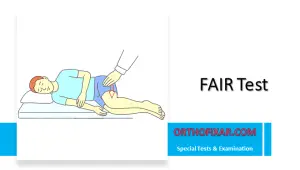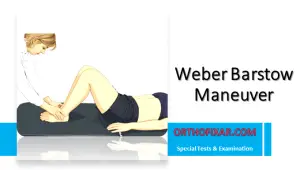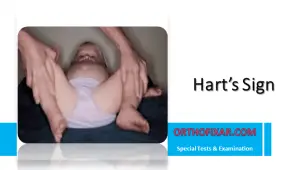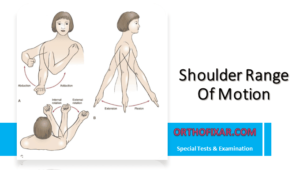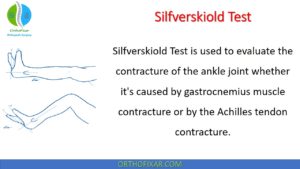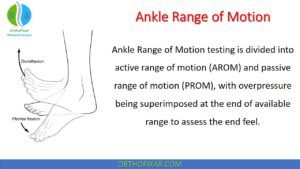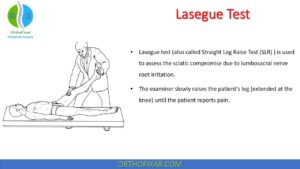Sports Hernia (Athletic Pubalgia)

Athletic pubalgia (also known as a sports hernia) is the result of increased muscular loads placed on the pubis from repetitive, high-volume twisting, cutting, running, and kicking activities.
Athletic Pubalgia is a collective term for all disorders that cause chronic pain in the region of the pubic tubercle and the structures attached to the pubic bone (inguinal region), including osteitis pubis, a chronic inflammatory and overuse condition of the pubic symphysis and adjacent ischial rami.
See Also: Hip Muscles Anatomy
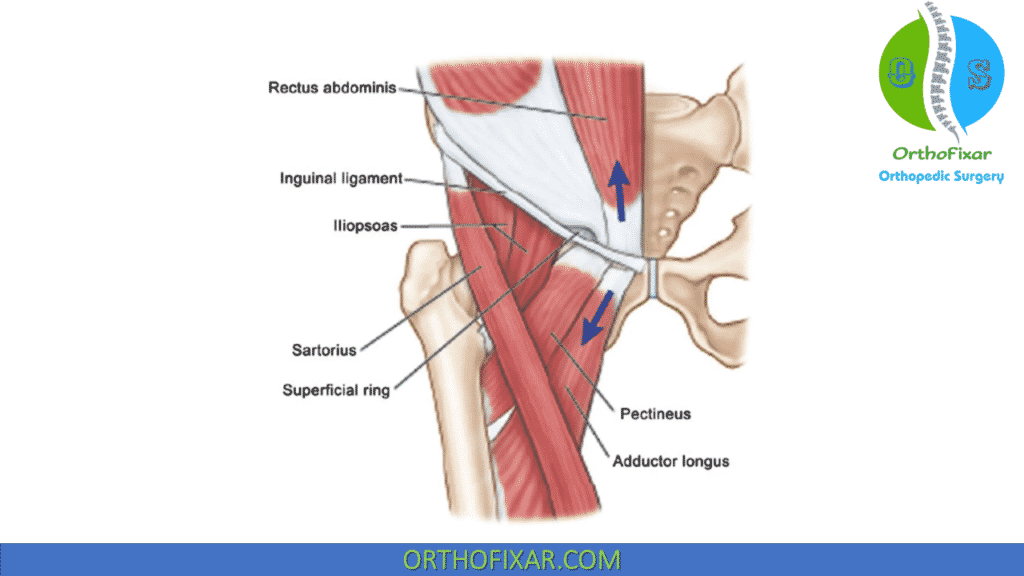
Athletic Pubalgia Causes
Athletic Pubalgia typically results from a sports injury. It usually results from a single-leg movement, where the weight-bearing leg is rotated as the other leg performs a movement such as kicking, or during activities such as sprinting and pivoting. During this kind of motion, small shearing movements occur in the pubic symphysis.
Sports Most Commonly Causing Pubalgia:
- Soccer and football players
- Ice hockey players
- Rugby and basketball athletes
- Sprinters and track athletes
- Tennis and martial arts participants.
These activities create high shear forces at the pubic symphysis and can overstress the abdominal and adductor musculature if not balanced with adequate core and flexibility training
The condition is rarely found in women; this may be because of variations in pelvic anatomy between men and women and strength differences or participation levels between genders.
A number of abnormalities in joints and muscles around the groin may increase the mechanical stress placed on the pubic region:
- limited hip ROM;
- increased adductor muscle tone;
- increased rectus abdominis tone;
- iliopsoas muscle shortening, often associated with hypomobility of the upper lumbar spine;
- lumbar spine/SIJ dysfunction;
- decreased lumbopelvic stability.
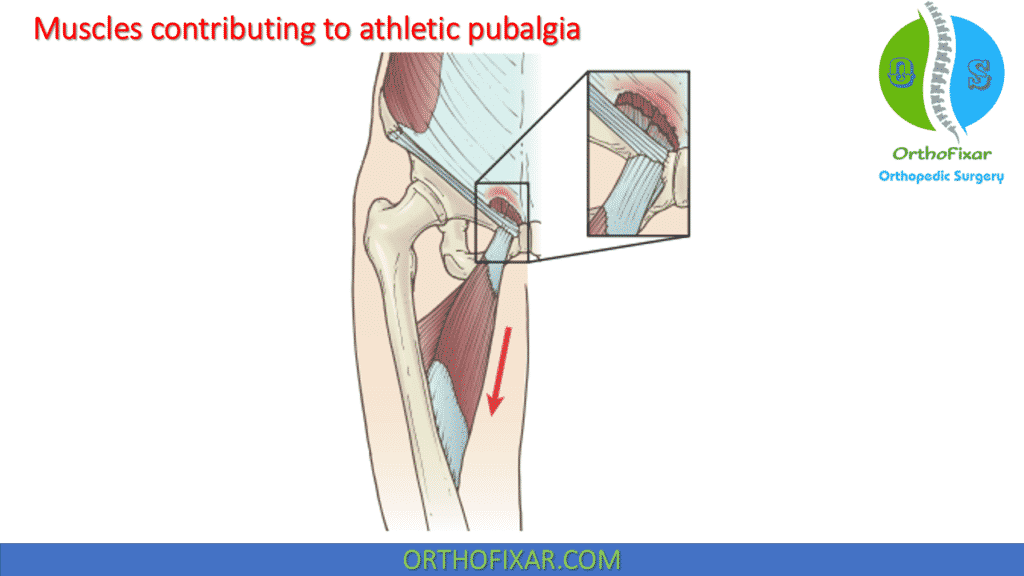
Pubalgia Symptoms
Some patients describe an acute episode with resulting disability, but this often follows a period of low grade symptoms. The actual source of pain may be one of the following:
- the transversalis fascia,
- conjoined tendons of the adductor group,
- the insertion of the rectus abdominis,
- the external oblique aponeurosis,
- the avulsion of the internal oblique from the pubic tubercle.
Clinically, the patient will describe deep lower abdominal or groin pain that is present with activity and abates when activity stops. Classically, symptoms return soon after resuming activity after a period of rest. In most cases, the pain is unilateral at onset, with progression to bilateral pain in about 40% of cases.
Males may complain of testicular pain.
Examination findings include the following:
- Pain may be elicited with passive hip flexion, when combined with hip adduction, or with passive abduction with a straight or bent knee. However, in some cases, ROM may appear normal.
- Point tenderness at the pubic tubercles, rectus abdominis insertion, adductor origin, and inferior pubic rami.
- Pain is intensified with sit-ups and resisted hip adduction.
Unlike an inguinal hernia where the defect is palpable, no palpable defect is present with a sports hernia.
Imaging
Plain film radiographs may be ordered to rule out other underlying bony trauma; MRI is useful in identifying defects in the surrounding muscle or fascia.
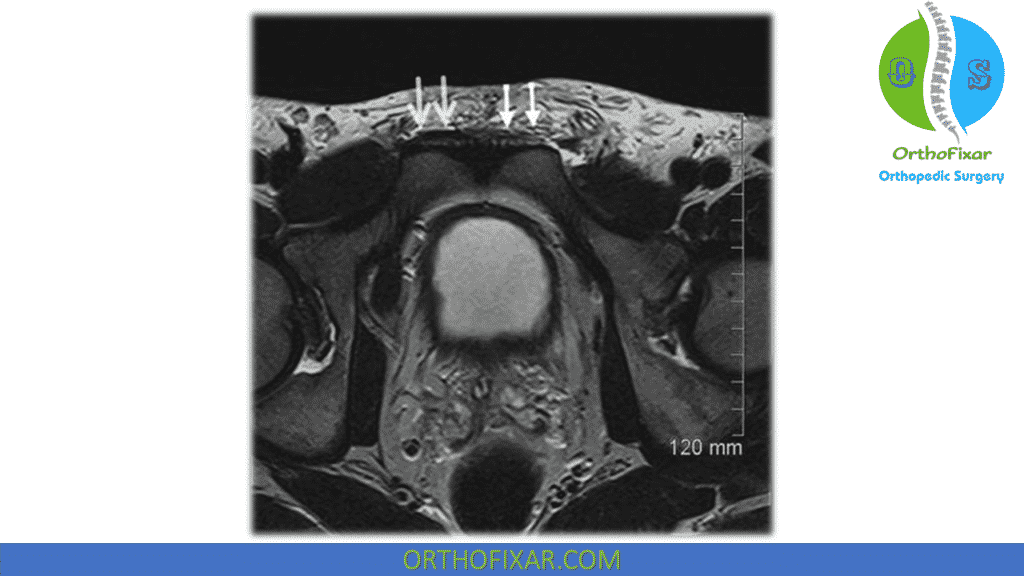
Chronic Pubalgia vs Acute Pubalgia
Acute pubalgia typically results from a sudden overload or twisting injury that causes immediate pain in the lower abdomen or groin region. Athletes often recall a specific event, such as a sudden kick, cut, or change of direction. In contrast, chronic pubalgia develops gradually over weeks or months due to repetitive stress and microtrauma. It often presents as a dull ache that worsens during activity and improves with rest.
While acute cases may respond well to short-term rest and physiotherapy, chronic pubalgia often reflects deeper muscular imbalance or poor core stability and may require a longer rehabilitation period or even surgical repair.
Athletic Pubalgia Treatment
Non-operative treatment includs:
- A period of relative rest and anti-inflammatory medications.
- Ultrasound, electrical stimulation, thermotherapy, and cryotherapy as appropriate.
- stretching, and exercise may be indicated for those athletes who describe a gradual onset of symptoms and who can tolerate a prolonged rehabilitation process.
- Effective warm-ups and preparation before the sporting activity can play an important preventative role.
Stretching as tolerated to the muscles surrounding the injured area:
- The short and long adductors.
- Hip flexors (iliopsoas and rectus femoris).
- Hip internal rotators.
- Abdominals.
- Gluteal muscles.
Those for whom conservative treatment has failed or high-level competitive athletes with an acute diagnosis of athletic pubalgia may be candidates for corrective surgery, which is associated with a good outcome. Multiple surgical techniques have been recommended, including:
- imbedding reinforcing mesh over the weakened area (herniorrhaphy),
- repair of the rectus abdominis insertion,
- releasing the adductor tendon.

Exercises to Prevent Pubalgia
Preventative exercise programs focus on strengthening the core, pelvis, and hip stabilizers while maintaining flexibility. Effective exercises include:
- Planks and side planks – to improve abdominal endurance.
- Adductor squeezes – using a ball or foam roller to strengthen inner thigh muscles.
- Glute bridges – to enhance pelvic stability.
- Hip flexor and adductor stretches – to maintain balanced muscle length.
- Bird-dogs and dead bugs – for coordinated core activation.
Progressive conditioning, proper warm-ups, and technique correction are key to preventing recurrence, especially in sports with repetitive kicking or twisting.
Frequently Asked Questions about Athletic Pubalgia
What is the Athletic Pubalgia Meaning?
Athletic pubalgia, also known as a sports hernia, is a condition caused by repetitive twisting, sprinting, or kicking motions. It results in pain near the pubic region due to strain or tearing of muscles and tendons attached to the pubic bone.
What causes Athletic Pubalgia?
It develops when excessive stress is placed on the pubic symphysis and surrounding muscles during single-leg or twisting movements. Tight hip flexors, limited hip motion, or adductor imbalances can increase the risk.
What are the symptoms of Athletic Pubalgia?
Common symptoms include deep lower abdominal or groin pain that worsens during activity, tenderness around the pubic bone, pain with sit-ups or resisted hip adduction, and sometimes testicular pain in males.
How is Athletic Pubalgia diagnosed?
Diagnosis involves a clinical exam and imaging tests. Pain may occur during hip movement tests, while MRI scans can show muscle or tendon tears near the rectus abdominis–adductor longus connection.
What is the treatment for Athletic Pubalgia?
Non-surgical treatments include rest, anti-inflammatory medication, physical therapy, and stretching. Severe or persistent cases may require surgery to repair the affected tissues, with good recovery outcomes.
Can Athletic Pubalgia heal without surgery?
Yes. Many mild cases heal with conservative treatment such as rest, rehabilitation, and strengthening. Chronic or high-performance athlete cases might need surgical repair for full recovery.
How can Athletic Pubalgia be prevented?
Prevention involves maintaining strong and balanced core and hip muscles, regular flexibility training, and proper warm-up routines before sports or exercise.
How long does recovery from athletic pubalgia take?
Recovery can take 6–8 weeks for mild cases and up to 3–4 months for chronic or surgical cases before full return to sport
References
- Preskitt JT. Sports hernia: the experience of Baylor University Medical Center at Dallas. Proc (Bayl Univ Med Cent). 2011 Apr;24(2):89-91. doi: 10.1080/08998280.2011.11928689. PMID: 21566750; PMCID: PMC3069511. PubMed
- Kachingwe, AF, and Grech, S: Proposed algorithm for the management of athletes with athletic pubalgia (sports hernia): a case series. J Orthop Sports Phys Ther, 38:768, 2008. PubMed
- Litwin, DE, et al: Athletic pubalgia (sports hernia). Clin Sports Med, 30: 417, 2011. PubMed
- Meyers WC, Foley DP, Garrett WE, et al: Management of severe lower abdominal or inguinal pain in high-performance athletes. Am J Sports Med 28:2–8, 2000. PubMed
- Understanding Athletic Pubalgia: A Review – Scientific Figure on ResearchGate. Available from: https://www.researchgate.net/figure/Algorthrim-for-Treatment-of-Athletic-Pubalgia_fig3_309286310
- Lifetime product updates
- Install on one device
- Lifetime product support
App Features:
- Lifetime product updates
- Install on one device
- Lifetime product support
App Features:
- Lifetime product updates
- Install on one device
- Lifetime product support
App Features:
- Lifetime product updates
- Install on one device
- Lifetime product support


